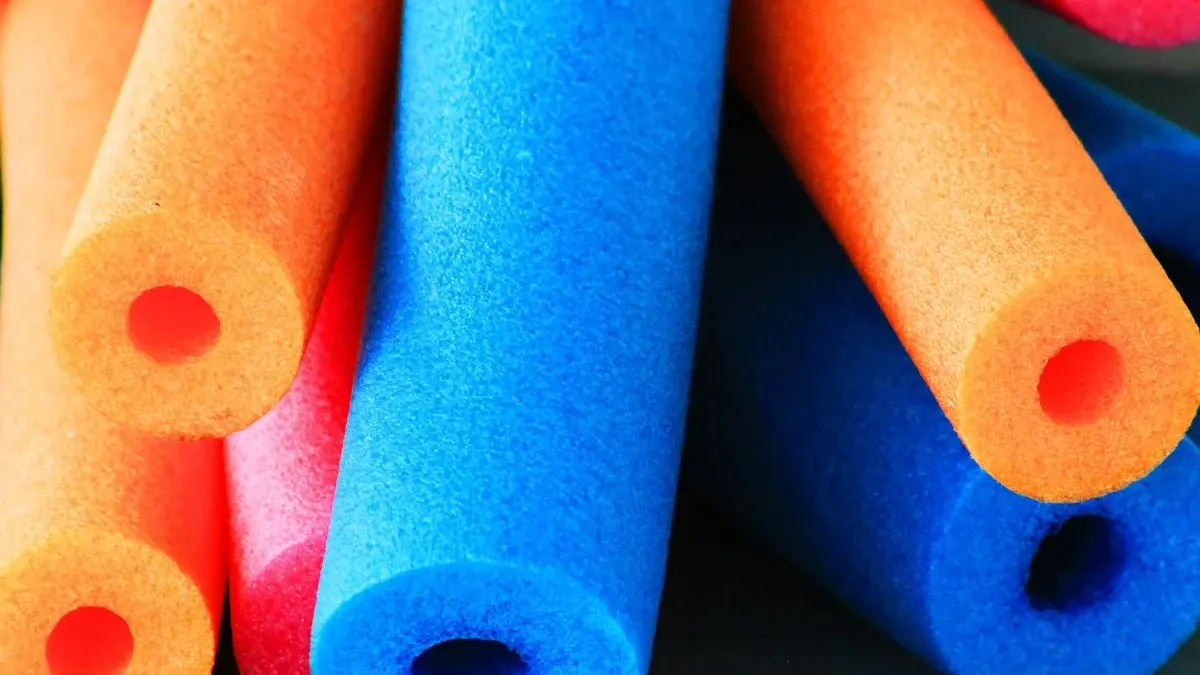These common objects can be renewed using a few basic materials to be able to beautify your spaces without damaging the planet.
After every summer, more than one inflatable is deflated and forgotten at the bottom of the closet. What at the time seemed useful for the pool now occupies a place, or worse, ends in the trash. But what many do not know is that these materials can become decorative and functional artifacts.
The content you want to access is exclusive to subscribers.
If one implements a little creativity, it is possible to give it a second life to those old floats. In this way you not only avoid throwing something that still serves, but also add a personal touch to your spaces and help reduce the environmental impact.


Floats as pots

How to reuse floats?
The inflatables are made with resistant plastics that take years to degrade If they are discarded without control. However, they are also very versatile when they are converted. With simple settings, they can transform into garbage tachos, decorative pots or even pillows for balconies and courtyards.
To begin with, it is important Clean the material well With a damp cloth to eliminate remains of chlorine, sand or dirt. Then, the parts that are in good condition must be cut, leaving aside the punctured or too worn areas.
Depending on the objective, there are different paths to follow:
- Pots: It drills the basis for allowing water drainage and decorating the exterior with paints suitable for plastic or permanent markers.
- Garbage taches: I linked the edges with resistant silicone, make sure they are firm and add a decorative rope for a better finish.
- Pillows: Fill with old fabric pieces and close the ends with adhesive or strong sewing.
Basic materials that you will need:
- Scissors or cutter
- Strong glue or liquid silicone
- Painting for plastics or markers
- Tape, rope or decorative fabric
- Clean rag and gloves
Useful tips:
- Try first with small floats to practice.
- Always use good quality materials to achieve greater durability.
- If you work with adhesives or aerosols, be sure to ventilate the space well.
- Combine colors and shapes for each object to be unique.
Source: Ambito
I am an author and journalist who has worked in the entertainment industry for over a decade. I currently work as a news editor at a major news website, and my focus is on covering the latest trends in entertainment. I also write occasional pieces for other outlets, and have authored two books about the entertainment industry.




